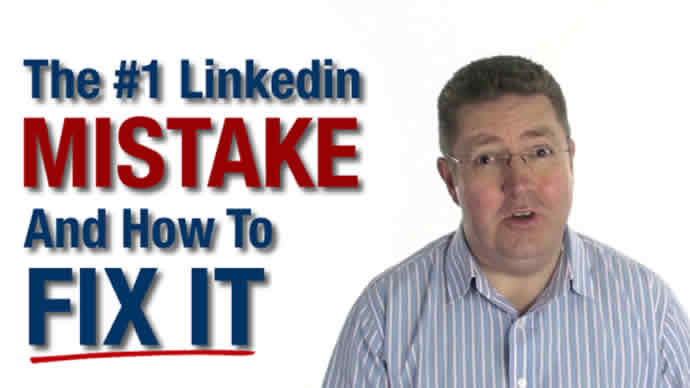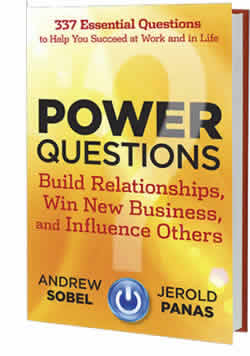Featured
Posted by Ian Brodie on September 2nd, 2012.
Ian Brodie on September 2nd, 2012.

 My first love, way before I got into marketing (even before I met Kathy) was magic. Particularly sleight of hand, close up magic.
My first love, way before I got into marketing (even before I met Kathy) was magic. Particularly sleight of hand, close up magic.
I devoted hour after hour to practising techniques and tricks. I devoured every latest book and video and every clever new move.
But over time I learnt an eternal truth. Your level of performance isn't dependent on learning a host of tricky new techniques. It's based on how well you do the “basics”.
All the great masters, David Roth with coins, Juan Tamariz with cards, Dai Vernon with pretty much anything. All of them know (or knew) the clever techniques. But what makes their performances so sublime and their magic so, well, magical, is their mastery of the basics.
The first thing you learn in coin magic is how to palm a coin. David Roth doesn't palm a coin any differently to me. He just does it better. He does it so well and so naturally that even if you know all about palming, you still don't get an inkling that he's doing it.
Growing your skills in any field isn't primarily about learning new things. It's about learning to do the “classics”, the important core skills, at a higher level of performance.
In business development, the first thing you learn is that asking good questions is the key to winning sales.
Watch a master rainmaker at work and of course they'll be doing some subtle things that you're not. But the most important thing they do, the thing that makes the difference, is they ask better questions.
More insightful. Better chosen. More suited to the situation. Braver.
And that's what Power Questions , the new book by Andrew Sobel and Jerold Panas is all about.
, the new book by Andrew Sobel and Jerold Panas is all about.
You won't find any fancy new techniques you won't have heard about in it. Just detailed descriptions of how to ask insightful, thought provoking questions that will get your potential clients engaged and opening up.
If you've ever wanted a replacement for the corny old “what keeps you up at night” question, you'll find a bunch of much better alternatives here.
There are questions that will get clients to open up and tell you what they really care about. Questions to find out what they're looking to see from you. Questions that help you recover from bad starts. Questions to ask yourself to make sure you're on track.
Each chapter focuses on a specific type of question with an explanatory story, details of how to ask, and alternative phrasings and follow-up questions.
If you're looking for a book full of new approaches to marketing and selling you've never heard of, you'll be disappointed.
But if you want a book that'll help you progress to the higher levels of skill that mark out the true masters – then this is a book you'll want to have in your library. And it's one you'll keep coming back to.
As one of Andrew's clients in the book, the CEO of a $12-billion company, explains: “I can always tell how experienced and insightful a prospective consultant, banker or lawyer is by the quality of their questions and how intently they listen. That's how simple it is.”
This book will help ensure you're one of the ones that CEO rates as insightful and experienced.
You can find out more about the book and watch Andrew talking about some of the content by clicking here:
>> Power Questions
Disclosure: Andrew sent me a free copy of the book for review.

 When what we do is complex and intangible we rely on our communications skills to get our message across to our clients.
When what we do is complex and intangible we rely on our communications skills to get our message across to our clients. It's not uncommon for consultants and independent professionals to find their pipeline full of leads and prospective business, though not enough of that business is being closed.
It's not uncommon for consultants and independent professionals to find their pipeline full of leads and prospective business, though not enough of that business is being closed. Michael Zipursky is a strategy and lead-generation consultant, author, and founder of Consulting Success, a leading resource to help you
Michael Zipursky is a strategy and lead-generation consultant, author, and founder of Consulting Success, a leading resource to help you 
 Ask most professionals and business owners what their biggest marketing challenge is and the answer you'll hear more than any other is “lead generation”.
Ask most professionals and business owners what their biggest marketing challenge is and the answer you'll hear more than any other is “lead generation”.